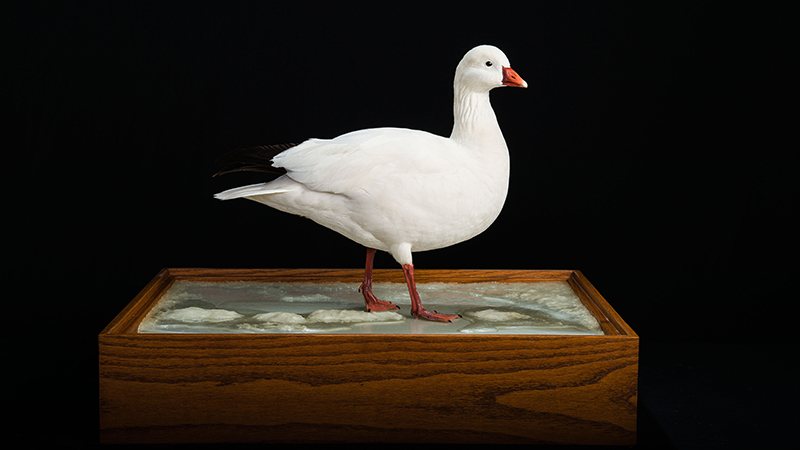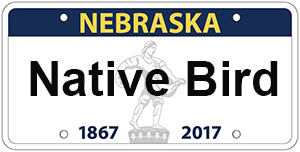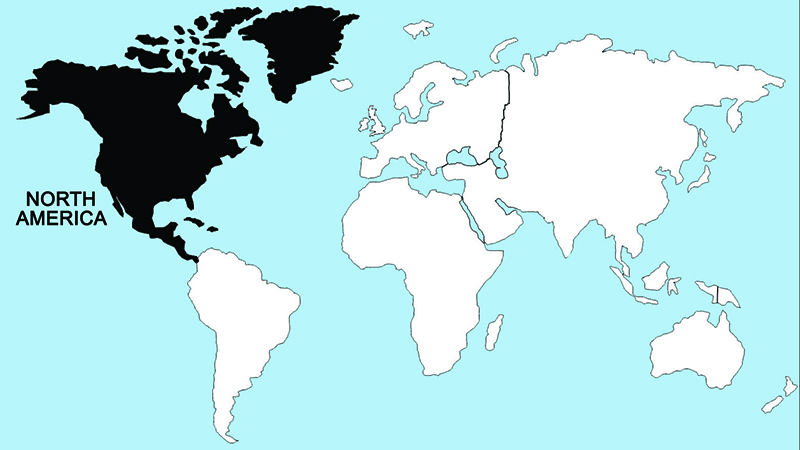Ross's Goose

Like the lesser snow goose, this arctic-breeding species is highly colonial and gregarious. In the few areas where they share nesting grounds, the Ross’s doubtless are at a disadvantage when competing for territorial space or nesting sites due to their smaller size. In recent years, the Ross’s goose’s breeding range has greatly expanded, putting the two species in greater contact, and an increasing number of apparent hybrids between the two species have been found. Pair bonds, once established, are permanent, and family bonds seem to be quite strong, since yearlings remain with their parents until incubation of the next clutch of eggs is begun.
Female Ross’s geese build their nests on a variety of substrates, but the preferred location is an environment of small birch stands and rocks, where ample protection from the elements and adequate space for grazing can be found. There is a relatively small average clutch of about four eggs, and birds that initiate their nests only a few days later than normal have even smaller clutches. By laying a small clutch the female avoids depleting her post-laying energy reserves, and thus increases the likelihood that she can effectively incubate and brood her eggs and young. Incubation lasts about 22 days, with the male remaining close at hand. As soon as the eggs have hatched he joins the family. Thereafter, the male undertakes the defense of the family, as the female leads the brood away from any source of danger. The young birds fledge in about 40–45 days, and by that time the adults have completed their postnuptial molt, thus allowing the onset of the fall migration.
Regions Birds Are Found


Collection Location & Year
Canada - Saskatchewan 2009
Taxonomy
| Order | Anseriformes |
|---|---|
| Family | Anatidae |
| Tribe | Anserini |
| Species | Anser |
| Genus | rossii |
Gender
Male
References
- Johnsgard, P. A. 1975b. Waterfowl of North America. Bloomington, IN: Indiana Univ. Press.
- Johnsgard, P. A. 1978. Ducks, Geese and Swans of the World. Lincoln, NE: Univ. of Nebraska Press.
- Elliot, A., J. del Hoyo, J. Sargatal, and C. Imboden, eds. 1992. Handbook of Birds of the World. Vol. 1 (Ostriches to Ducks). Barcelona, Spain: Lynx Editions.
- Kear, J. 2005. Ducks, Geese and Swans. London, UK: Oxford University Press.